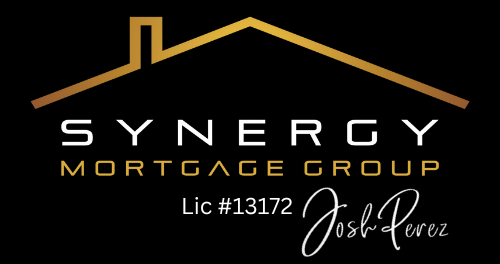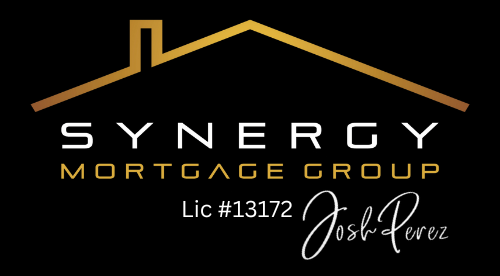How I Locked Up a $4M Building by Saying (Almost) Nothing
People sometimes ask me how I managed to buy a 23-unit building for $4 million — especially when they hear that I “didn’t say anything” to close the deal. While that might be a bit of an exaggeration, it’s not entirely wrong. What sealed that deal wasn’t a flashy pitch or aggressive negotiating — it was listening.
Here’s what actually happened.
We had been in negotiations for a while. The seller was very particular about who he wanted to sell to — and rightfully so. He wasn’t looking for a buyer who was going to swoop in, pay tenants for cash-for-keys, and force everyone out. This wasn’t just a numbers game for him. It was personal.
In fact, the selling realtor told us directly that there were higher offers on the table — offers that were rejected because they didn’t align with the seller’s values. He wasn’t just looking for top dollar. He was looking for the right kind of buyer.
Eventually, we managed to get on a call directly with the seller — just him and us. No middleman. No pressure. He started talking. And talking.
And I’ll be honest — for the first 20 or 25 minutes, it felt like a dead end. He went over everything he didn’t want, what had gone wrong with other offers, and how he was feeling uncertain. I remember zoning out for a second and thinking, This deal is dead. This isn’t happening.
But then something changed.
“Near the end of the call, he casually mentioned he’d be open to a vendor take-back — and not just any VTB, but one that was significantly more generous than what we had heard through the realtor.”
That one comment completely changed the math on the deal. Suddenly, we could put in less capital than expected. Then he added that he’d even be willing to manage the property after the sale — and for a very nominal fee.
That’s when it all clicked. What seemed like a non-starter 30 minutes earlier turned into a perfectly aligned opportunity — because we were willing to shut up and listen.
Had we rushed to pitch our side, or tried to “close” him early in the call, we would’ve missed the golden moment. But instead, by giving him space to share what he truly wanted, we found the common ground that led to a win-win.
The Takeaway?
Listening is one of the most underrated tools in real estate investing. Sometimes the best move you can make is not to speak — it’s to stay in the conversation long enough to actually hear what matters most to the other side.
It’s not always about having the best offer on paper. It’s about understanding the people involved.
Want to Learn How to Structure Deals Like This?
Whether you're just starting out or looking to scale your portfolio, these kinds of creative, relationship-first strategies can make a massive difference.
📞 Book a Call with the team and let’s talk about how you can build long-term success through smart negotiation and strategic partnerships.
“Near the end of the call, he casually mentioned he’d be open to a vendor take-back — and not just any VTB, but one that was significantly more generous than what we had heard through the realtor.”





